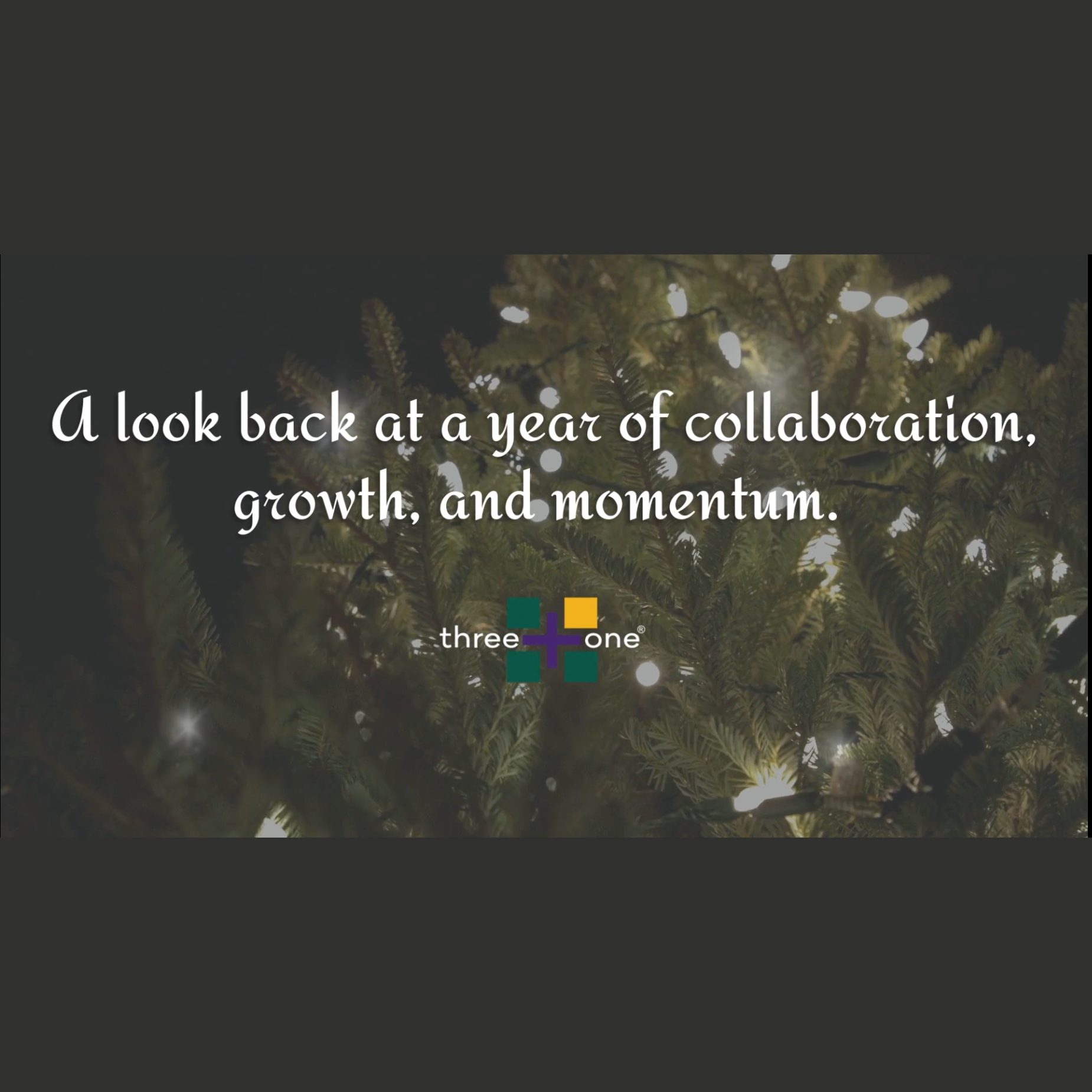In today’s complexities of public and higher Ed banking, the level of work, care, and attention that is expected and required of your banking partners is at times unrecognized and is often taken for granted—by both clients and senior banking management alike.
It is not easy being a banker. How would I know? I was one.

The world of banking is not easy given the many federal, state, and local regulations added since the financial crisis of 2008. At the same time, the focus of top senior banking management has been on regulators, net profitability, protecting silo turfs, constantly changing sales & bonus plans, and internal 360 performance measurements. All this, overshadowed by a deluge of internal conference calls, has left local bankers much on their own, with less resources in managing their client relationships.
A banker should be considered a business partner to both you and your entity. Those individuals that serve you are what I consider “unsung heroes.” They need to always work to balance the pressures of serving their clients while dealing with constant changes to their banking institution, made either by regulations or by their own bank’s structure.
What banks of all sizes need to do is put more bankers on the street, Main Street. Leaving communications up to an “800” number menu doesn’t serve clients or banking institutions well. Bankers with government and higher Ed clients need to follow an in-person strategy where it’s relationships first—and retention over sales quotas.
It is my prediction that banks of all sizes will need to get back to the basics: community focus with local delivery. The banks that do, will dominate the public entity and higher Ed marketplace.
At three+one, we have the highest regard for public and private bankers as they deliver valuable deposit, lending, and treasury services in a challenging marketplace.
We strive to be the link between identifying a client’s low- and non-performing operating and non-operating cash, while helping financial institutions recognize the value of such funds, both on behalf of the client and that of the banking institution(s).
By working together, a new level of income will be achieved for public and higher Ed entities, while the bankers will find us a new resource to help strengthen their banking relationships.
———————————————-
See Us At These Upcoming Events and Conferences:
NYS GFOA Annual – March 29-31 (See Our Presentation March 30th at 2:30 p.m)
GFOA South Carolina – May 1
National GFOA in Denver – May 21
New York State Association of Counties Finance School- May 2-4


